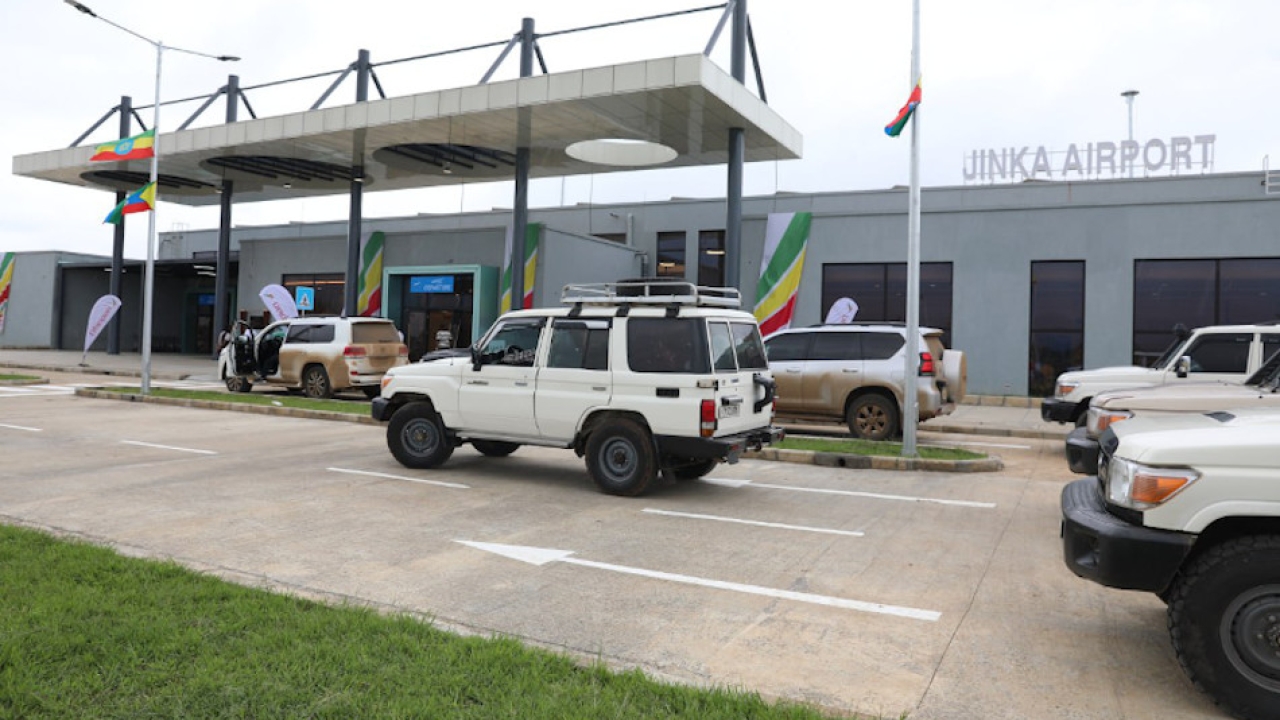Qatari boost for Rwanda’s new airport
The future of Rwanda’s new international airport has been given a significant boost by the involvement of Qatar Airways.

When Bugesera International Airport opens for business in 2022, it will be backed by one of the world’s most successful airlines. Alan Dron reports.
In December 2019, Qatar Airways signed a deal to take a 60% stake in the new airport, now under construction around 35km south-east of the Rwandan capital, Kigali.
Under three agreements, a partnership between the Rwandan Government and Qatar Airways will build, own and operate the new airport.
With the new airport project costing around $1.3 billion, Qatar Airways’ 60% stake is effectively an investment of $780 million in the central African nation.
Previously, Portugal’s Mota-Engil held an 85% stake in the facility. The Rwandan Government then bought this from the Portuguese construction company, giving it 100% ownership. It then signed the agreement with Qatar during a state visit by the Arabian Gulf state’s Emir Sheikh Tamim bin Hamad Al-Thani.
Mota-Engil remains the contractor for the project.
Qatar is taking a strong interest in the small central African nation; in February this year, Qatar Airways’ Group CEO, Akbar Al Baker, announced that the Gulf carrier was in negotiations to buy 49% of RwandAir, the national carrier.
“In very general terms, to go into a venture with a world-class airline like Qatar Airways [brings] a lot of benefits, as you can imagine,” RwandAir CEO, Yvonne Manzi Makolo, said. Capacity-building and staff training were just two potential plusses from the proposed partnership, she added.
Speaking at the CAPA Qatar Aviation Aeropolitical and Regulatory Summit in Doha, Al Baker said that Qatar Airways was attracted to Rwanda by several factors, including its strategic location and its business-friendly environment.
Al Baker visited Kigali for the 2019 Aviation Africa Summit and talked there about opportunities for the two nations to work together.
The new airport is necessary as the existing Kigali International Airport is located in a densely developed district of the city, just 10km from the central business district, and is unable to expand.
Before the coronavirus pandemic struck, it had also become steadily busier, with the number of passengers around the 1 million per year mark and a compound growth rate of 10.6% over the past four years.
Kigali International is the country’s main airport, but it is also of regional importance as it serves Congolese, Burundian and Ugandan cities.
The existing airport was operating at around full capacity, said Makolo. Recent expansion had taken place, partly to cope with the planned British Commonwealth Heads of Government Meeting in June, and partly to cater for RwandAir’s growing operations, “but there’s only so much it can expand”.
A decision to create a new airport on a greenfield site was made in 2010, although construction only got under way in July 2017.
As initially planned, the new airport was designed to have an initial annual capacity of 1.7 million passengers, expandable to 4.5 million once all the infrastructure had been completed.
However, work was slowed in July 2019 due to the need to redesign the airport to accommodate the country’s new aviation strategy, which forecasts a higher growth rate than previously anticipated.
The new airport will provide a massive expansion of capability, said Jules Ndenga, interim CEO of Aviation Travel & Logistics Company, the Rwandan Government’s aviation arm that manages activities including travel, logistics, ground, freight and cargo handling, plus charter services.
“The first phase of the airport is designed to accommodate seven million passengers per year over 10 years, after starting operations in 2022. The second phase expansion would be implemented to host 14 million passengers per year for the subsequent 10 years.”
The new airport will have a single runway, but with the option of a second being added at a later date if traffic required it.
Stay up to date
Subscribe to the free Times Aerospace newsletter and receive the latest content every week. We'll never share your email address.

